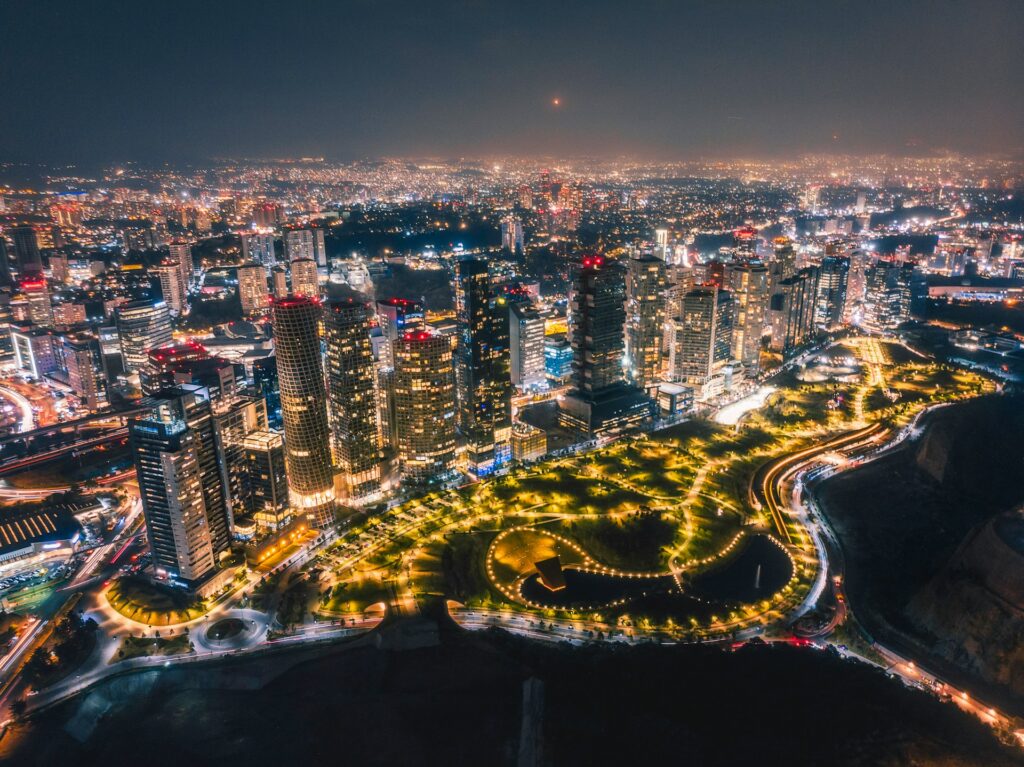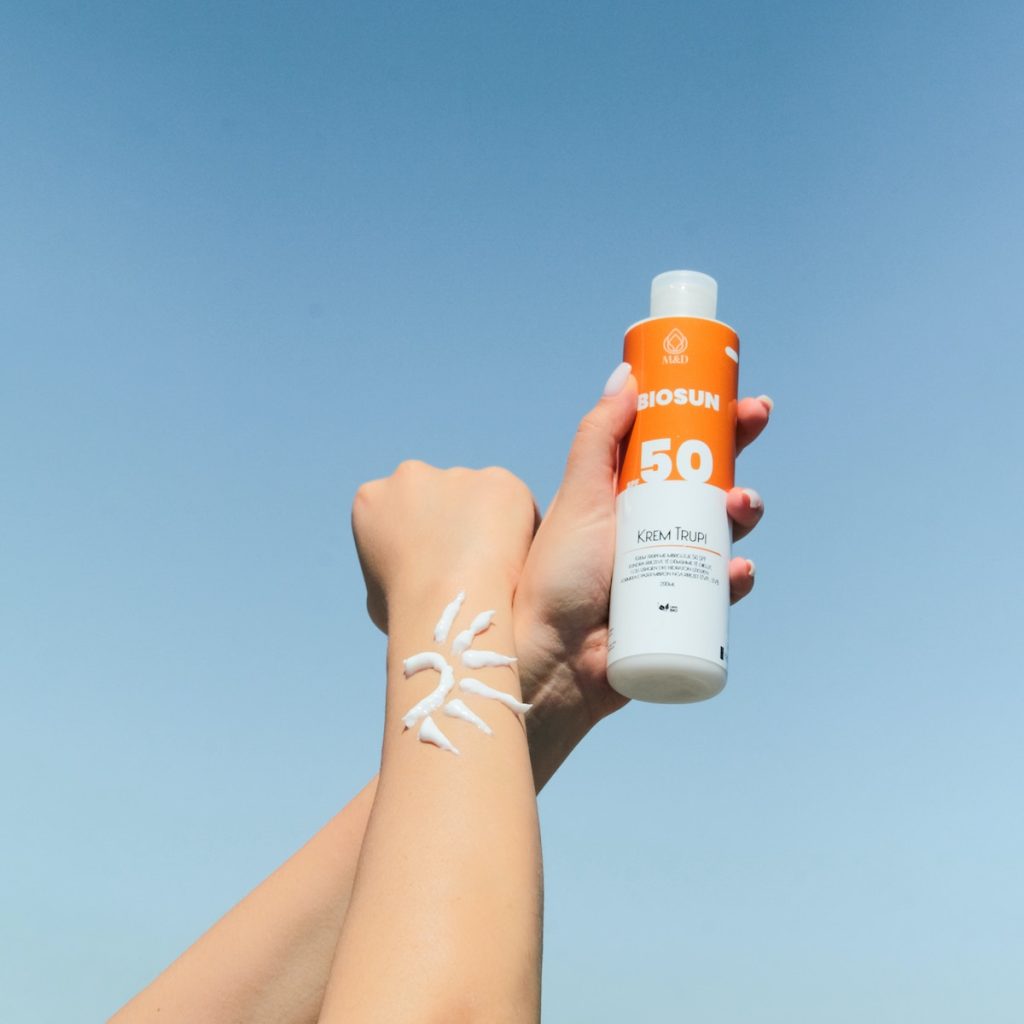Mexico City is a popular destination in Mexico for many travelers, full of magical sights and fabulous food. If you’re planning a trip here, you might be wondering, is Mexico City at high altitude? Can you get altitude sickness in Mexico City?
The quick answer is yes to both questions. In fact, Mexico City is the highest city in Mexico! In this article we’ll tell you all you need to know about Mexico City altitude sickness, including how you can manage it, as well as answer some frequently asked questions.

Mexico City Altitude Sickness Overview
So as we said above, the answer to, “is Mexico City at high altitude?” is yes. Mexico City’s altitude is 7,350 feet above sea level, which is comparatively high if you are not used to it.
There is less oxygen in the air at higher altitudes like this, which can cause physical issues like shortness of breath, dizziness, fatigue, loss of appetite, nausea, vomiting, and headache. Because of the high elevation, some people do experience altitude sickness symptoms in Mexico City.
It can sometimes take between 3 and 24 hours for symptoms to show up after arrival, so it’s smart to stick to light activity levels on your first few travel days if you’ve never been to Mexico City before.

How common is altitude sickness in Mexico City?
For people who live at sea level, or at altitudes that are significantly lower than 7,350 feet above it, Mexico City altitude sickness can be fairly common—although the severity of it ranges from person to person.
If you compare Mexico City elevation vs. Denver, you’ll find that Mexico City is more than 2,000 feet higher than Denver, which is about 5,280 feet. So if you experience any issues in Denver or places at a similar height, you’ll likely have Mexico City altitude sickness.
Also, keep in mind that many sites outside the city are at even higher elevations, so if you don’t experience symptoms in Mexico City itself, you might if you go exploring at places like the Teotihuacan Pyramids.
However, the Mexico City altitude sickness reddit thread mostly consists of comments from users who have been there and not experienced any issues. Some did have shortness of breath or a light headache, but said that it soon resolved.
The most usual altitude sickness symptoms in Mexico City are headache, shortness of breath, fatigue, loss of appetite, nausea, and dizziness.

How long does it take to acclimate to the altitude in Mexico City?
Most travelers report that it only takes a few days for them to get used to Mexico City’s altitude and for any symptoms to pass. However, there are things you can do to speed up the process or possibly prevent Mexico City altitude sickness altogether.
The top recommendations are to stay hydrated and get plenty of rest. It’s important to follow these suggestions throughout your entire stay in Mexico City, as getting dehydrated or tired can cause you to feel symptoms again.
Also, a dramatic change in altitudes will often cause more severe symptoms, so if it’s possible, try to avoid flying from a super-low elevation straight to Mexico City. And be sure to stay there for a few days to acclimate before you travel on to any other higher altitudes.

How to Handle Mexico City Altitude Sickness
Dehydration plays a major role in altitude sickness, so the first thing you’ll want to do is make sure you stay hydrated. And while most people think this just means to drink a ton of water, you can actually make dehydration worse if you drink too much water without adding electrolytes.
Therefore, it’s best to include some liquids that include electrolytes like enhanced waters or sports drinks. You can also buy electrolyte solutions or powders on their own that you can then take or add to water. The goal is to drink enough fluids so that your urine is very pale or clear.
Remember that it’s not safe to drink the tap water in Mexico, so you will need to be sure to bring a filtration bottle or only purchase bottled water!
And, since alcohol and caffeine have a dehydrating effect, you’ll want to avoid those as much as possible the day before and day of your arrival, as well as the first couple of days of your trip. (You don’t have to skip caffeine completely if you’re used to it, as caffeine withdrawal can also cause headaches and nausea—just keep it in moderation.)
Many people also recommend eating plenty of carbohydrates and increasing your sugar intake the first few days of a trip to a high-altitude destination.
You might find that ordinary activities tire you out at first, due to the lower oxygen content of the air. If you feel fatigued, take it easy the first few days of your trip. Get plenty of rest and don’t tackle any major physically strenuous activities like hiking.
And it’s normal to have some shortness of breath while doing activities, even things that usually don’t cause it such as light walking. The more you exert yourself, the more likely you’ll have some difficulty breathing.
However, if you experience shortness of breath while you’re at rest, or if it’s severe, you should head to a local hospital.
You should do that if you feel chest pain or tightness, a severe headache that won’t go away, slurred speech or loss of physical coordination, or mental confusion beyond the usual travel fog. And obviously, if you lose consciousness or start to hallucinate! These are symptoms of severe altitude sickness, which can be extremely dangerous.

A final safety tip is to make sure you wear sunscreen and a sunhat—being at a higher elevation makes the sun more intense so you’re at a greater risk of getting burned, and getting overheated can make altitude sickness worse.
If you’re concerned about experiencing Mexico City altitude sickness, there are also medications you can take that can help. Talk to your doctor before your trip to figure out which one is best for you.
You can also bring some over-the-counter medications and products that can help with mild symptoms, such as the electrolytes we mentioned earlier; ginger capsules or chews to help with nausea; non-drowsy motion sickness medicine to help with dizziness; and pain relievers to help with mild headaches. Acupressure wrist bands can also help with nausea and dizziness.
There are pharmacies throughout Mexico City if you need to get these items after you arrive—and many of them also have a doctor available if you feel like you need something stronger.
Have you been to this wonderful city? If so, how do you deal with altitude sickness in Mexico City? Let us know in the comments! And if you haven’t been but would like to plan a trip, feel free to reach out to one of our expert travel advisors!

